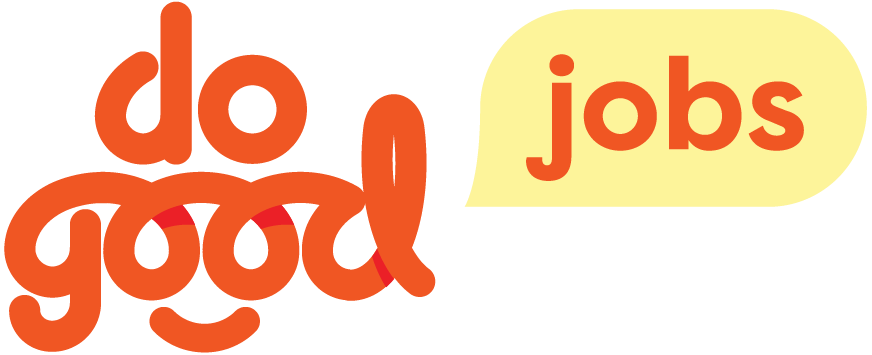How to be more productive with Kanbanfor1
by Sandy Mamoli from Kanbanfor
Do you have too much to do? Do you constantly get interrupted? Are you focusing on the urgent rather than the important stuff? Are you juggling so many things that it sometimes feels you don’t get much done? If so, you’re not alone!
Multi-tasking slows you down
What keeps you from working in a more focused and productive way is most likely multi-tasking. Multi-tasking makes us feel good and we think we get more done but research shows that it has the opposite effect: Every time we switch between tasks it costs us between 20 and 40% of our time and focus. Consequently, the more we multi-task the less we get done. No wonder we feel pressured, fragmented and like we should be more productive!
What is Kanbanfor1?
This is where Kanbanfor1 comes in. Kanbanfor1 is a personal Kanban tool. Personal Kanban is a philosophy of self management – of tasks and time – that has emerged from the use of the Toyota Kanban system to manage workflow in large projects or organisations.
Based on the understanding that multi-tasking is, if not exactly evil, at least majorly inefficient, Kanbanfor1 helps you to tackle one thing at a time and to track the progress of your work or tasks from start to finish. Kanbanfor1 helps you stop starting and start finishing!
What is a Kanbanfor1 board?
The personal Kanban board provides context and visibility for our work and provides us with an elegant and simple way to interact with our individual task lists: In one quick glance we can see what we have to do today, what we should work on next, what we are working on right now and what we have achieved this week.
A Kanban board describes a workflow, i.e. a number of stages that a task goes through, and helps us limit the number of things we work on simultaneously. In the example below the workflow is: "Things to do --> Next --> Doing --> Done" and all activities usually follow this workflow.
What goes on the board?
Everything you have or want to do in the near future is a task that should go onto your Kanbanfor1 board in the form of a sticky note. Break down bigger tasks into smaller sub-tasks that can be achieved within 10 minutes to 4 hours. Everything smaller is noise and everything bigger makes it hard to see progress.
Often tasks are part of a bigger project, such as e.g. writing a chapter for my new Kanbanfor1 book. To visualise the grouping of those tasks into a project use different colours for different projects.
How does it combat multi-tasking?
By limiting the size of the “Doing” box, we limit the number of things we can do at once. This is important because we know that taking on fewer simultaneous things makes it infinitely more likely that we’ll finish what we have started.
If you buy into the rule that you don’t overlap stickies, piling them all on top of each other to fit them into a column, and you actively work with the flow - moving things along and getting things done, rather than following your pre-Kanban approach to multi-tasking - you become a lot more effective at this approach. Succumb to the approach for a while and it becomes second nature.
Why isn’t there enough space on the board?
Doing too many things at once and having a list of activities that’s too big can be overwhelming and distracting. By limiting the space we want to add focus and context to our list of activities. By limiting the size of the queues (the next and things to do columns) we force ourselves to focus on our priorities and what’s coming up next. This has proven to reduce stress and to make it more likely that we’ll finish what we have started. The context and visibility are what make personal Kanban different from just a to do-list.
Why does it feel good?
The physical act of moving sticky notes from one column to the next throughout the day provides us with a sense of progress and achievement and we like how the boards visualise that we get closer to our goals.
Who else is doing this?
Both in New Zealand and internationally you’ll be in good company. Just to name a few the fine folks at Snapper were the first kiwis to try this out but were rapidly followed by other local companies such as Trade Me, Hashbang,BNZ and the ACC.
Happy Trade Me people using Kanbanfor1
How to get started
Learn more by watching Sandy Mamoli’s InfoQ talk on “The Evils of Multi-tasking and how personal Kanban can help you” in this video
Get a beautifully designed Kanbanfor1 board here: www.kanbanfor1.com (you can even get your whole office involved with a personally branding board) or make one yourself
Create your own personal backlog: Write everything you have to do on post-it notes Populate your Kanbanfor1 board with your most important tasks
Pull a task into “Doing” and start working
Enjoy :-)
If you want to learn more attend our next Personal Productivity with Kanbanfor1 workshop. You can find upcoming dates and register here.




